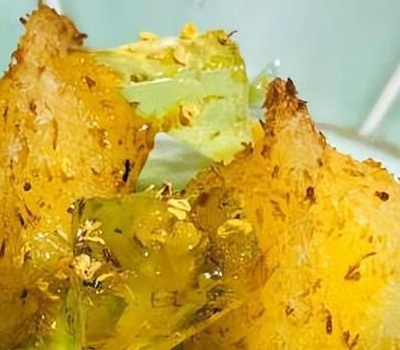The Burning Tail Feast is one of the most famous banquets in Chinese history, dating back to the Tang Dynasty. The definition and characteristics of the Burning Tail Feast are as follows:

I. Definition
The Burning Tail Feast is a grand banquet usually held in the imperial palace. Its history can be traced back to the Tang Dynasty, and it was held periodically. The Burning Tail Feast is very grand in scale and attracts a large number of participants, making it one of the most solemn banquets in ancient China.
II. Characteristics
1. Rich and diverse cuisine
The cuisine of the Burning Tail Feast is extremely rich and diverse, including all the famous dishes and specialty snacks of the time. Among them, the most famous representative dish is the Burning Tail Fish. The Burning Tail Fish is made from grass carp through a complex production process. It not only tastes delicious, but also has a profound meaning, symbolizing the end of life and the spirit of achieving glory through suffering. In addition, the Burning Tail Feast also offers other delicious dishes such as Eight-Treasure Duck, Golden Thread Shrimp Balls, Dragon and Phoenix Cake, etc. Each dish is carefully prepared and tastes excellent.
2. Varied activities
Apart from delicious food, the Burning Tail Feast also features a variety of activities and performances, including singing and dancing, acrobatics, circus shows, as well as various games and competitions. The atmosphere of the entire banquet is lively and filled with joy and celebration.
3. Wide range of participants
The Burning Tail Feast attracts a wide range of participants, including cultural celebrities, politicians, and nobles from all over the country, as well as foreign envoys. These individuals are elites in society, and their participation adds to the grandeur and solemnity of the Burning Tail Feast.
Overall, the Burning Tail Feast is one of the most famous banquets in Chinese history, boasting rich and diverse cuisine, varied activities, and a wide range of participants. It is not only a reflection of Chinese culinary art and cultural heritage, but also a symbol of people's aspirations and pursuits for a better life.
Disclaimer: The above content is sourced from the internet and the copyright belongs to the original author. If there is any infringement of your original copyright, please inform us and we will delete the relevant content as soon as possible.































